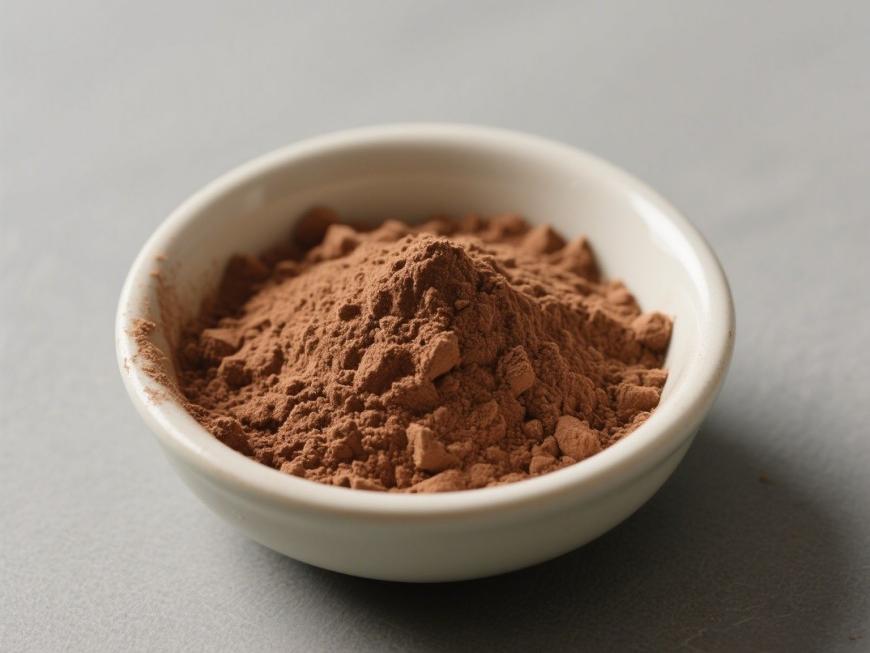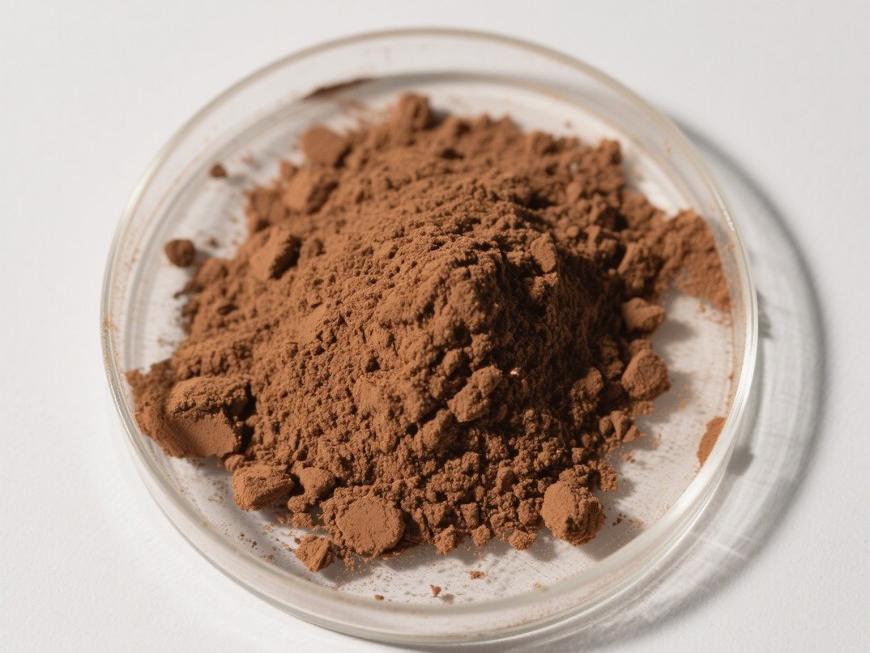Empower Emotional Wellness Product Solutions with Natural Valerian Extract Ingredients
Against the backdrop of modern society's fast-paced lifestyle, sleeplessness, anxiety, and emotional management issues are receiving increasing attention。 More consumers are opting for natural, safe, and effective health products。 To address this demand, グリーン春 Technology has recently launched a high-purity natural extract ingredient centered on Valerian (Valeriana officinalis L.), dedicated to providing innovative solutions for emotional wellness products.
As a traditional herbal ingredient, valerian extract has been extensively researched and proven to possess multiple physiological activities including sedative, anti-anxiety, and anti-depressant effects, maintaining a long-standing leading position in the international phytopharmaceutical market. Leveraging modern extraction techniques and stringent quality control, Green Spring Technology has achieved the scientific application and standardized production of this ingredient, making it widely applicable for the development of sleep-aid, relaxation, and emotional management products.
This ingredient is suitable for various dosage forms including capsules, tablets, teas, and functional foods, offering clients flexible and diverse product design possibilities. Green Spring Technology aims to collaborate with brands to co-create safer, gentler, and nature-aligned innovative formulations, driving the advancement and market expansion of emotional wellness products.
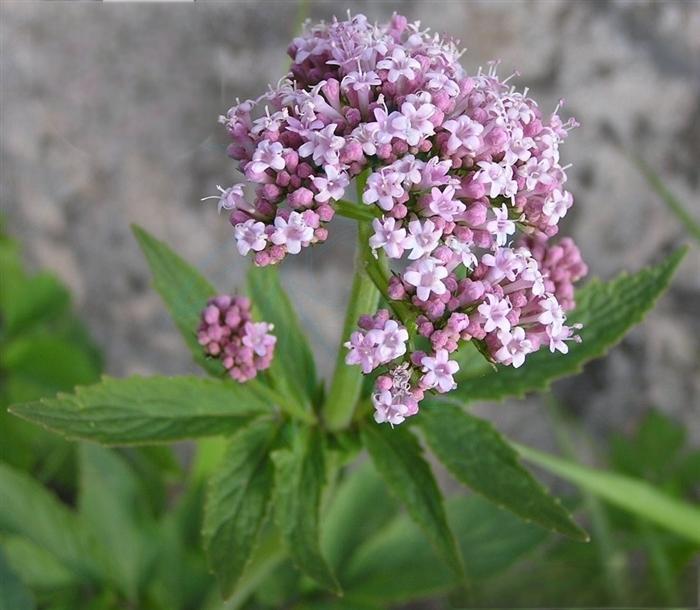
1 Green Spring Technology selects premium valerian resources to provide stable and effective natural ingredient solutions for emotional wellness products
Among the diverse Valeriana species, Green Spring Technology rigorously selects premium varieties with proven medicinal value and high active components, including European Valerian (Valeriana officinalis L.), Broadleaf Valerian (V. officinalis var. latifolia), and Jatamansi (V. jatamansi), establishing a robust raw material foundation for emotional wellness product development.
China boasts abundant valerian resources, with multiple Valeriana species widely distributed across Sichuan, Yunnan, Hubei, and Northeast China. Leveraging advantages in core domestic production regions, Green Spring Technology has established standardized cultivation and harvesting systems. This ensures clear traceability and consistent quality of raw materials, providing robust assurance for the scalable and stable supply of emotional wellness ingredients.
Green Spring Technology's Valerian extract is derived from premium medicinal valerian through advanced extraction techniques. Rich in core active compounds like valerenic acid and valerenic acid esters, it delivers significant mood-soothing and sleep-promoting benefits. This versatile ingredient finds applications in sleep gummies, relaxation tablets, and emotional wellness beverages, offering brand partners a one-stop raw material solution for developing natural, safe, and effective emotional health products.
2 Green Spring Technology Natural Valerian Extract: Empowering Emotional Wellness Product Innovation with Scientifically Validated Active Ingredients
Green Spring Technology selects premium valerian raw materials and employs advanced extraction techniques to obtain highly active valerian extracts. Rich in synergistic natural compounds, these extracts provide scientifically reliable raw material solutions for emotional wellness product development.
Core Active Components and Efficacy Support:
・ Cycloartenolides: Rich in key components like valepotriates and valerenic acid. Research indicates these compounds help promote physical and mental relaxation, alleviate tension, and support healthy sleep patterns.
・Essential Oil Components: Contains monoterpenes and sesquiterpenes like borneol and borneol acetate. These active compounds possess excellent soothing properties, helping alleviate daily stress and enhance emotional well-being.
· Multi-Component Synergy: The extract also contains bioactive compounds like flavonoids and lignans. Through multi-targeted, multi-pathway synergistic effects, it provides comprehensive support for emotional health.

Green Spring Technology's Technical Advantages:
· Standardized extraction process ensures consistent levels of core active ingredients
· Advanced analytical techniques rigorously monitor product quality, guaranteeing batch consistency
· Preserves the synergistic effects of Valerian's multiple active components to ensure product efficacy
Application Areas:
· Emotional Wellness: Stress Relief Tablets, Mood Balance Gummies, Relaxation Tea
· Sleep Support: Sleep-Aid Capsules, Bedtime Beverages, Sleep Sprays
· Daily Wellness: Antioxidant Formulas, Comprehensive Health Supplements
Green Spring Technology's Valerian Extract offers scientifically validated efficacy and exceptional quality, providing an ideal raw material choice for brand partners developing effective, safe emotional wellness products. We are committed to collaborating with clients to advance the innovative application of natural botanical ingredients in emotional health.
3 Green Spring Technology Natural Valerian Extract: Providing Core Ingredient Support for Emotional Wellness Products with Scientifically Validated Efficacy
Leveraging modern extraction technology, Green Spring Technology delivers highly active, standardized valerian extract ingredients. Extensive scientific research demonstrates that this ingredient provides a robust efficacy foundation for emotional wellness and sleep support product development through multi-pathway mechanisms.
Core Efficacy Properties:
· Promotes Relaxation and Sleep Support: Research indicates valerian extract helps reduce spontaneous activity, prolong rest periods, and support healthy sleep-wake cycles. Its active components modulate multiple targets to alleviate daily stress and promote physical and mental relaxation.
· Emotional Balance Support: Multiple studies demonstrate valerian extract positively regulates emotional states, helping maintain emotional equilibrium and enhance psychological comfort.
· Multi-Component Synergy: Active compounds like valerenic acid in Valerian extract work synergistically to provide multifaceted support for emotional well-being.
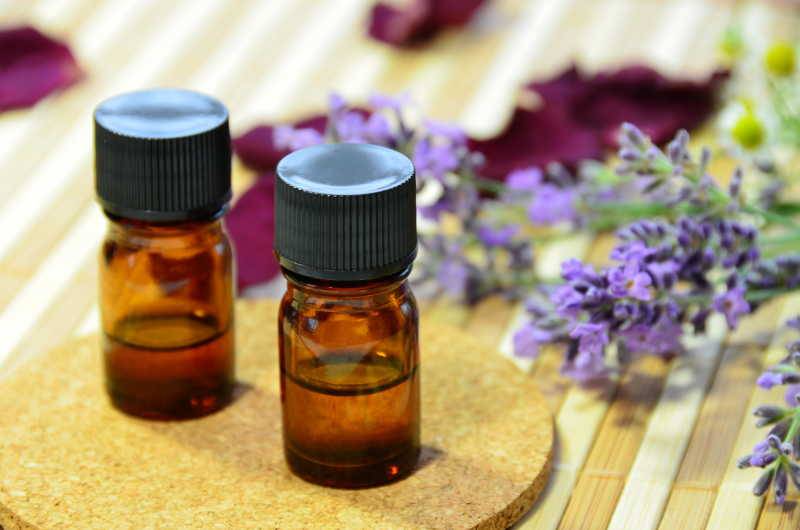
Application Areas:
· Sleep Health Products: Sleep-aid capsules, sleep sprays, bedtime beverages
· Emotional Support Products: Stress Relief Tablets, Mood Balance Gummies, Relaxation Tea
· Daily Wellness Products: Comprehensive Health Supplements, Targeted Population Health Products
Green Spring Technology's Valerian Extract offers scientifically validated efficacy and exceptional product quality, providing reliable ingredient solutions for health brands. We are committed to collaborating with clients to develop effective, safe emotional wellness and sleep support products that meet modern consumers' demand for natural health solutions.
4 Green Spring Technology Natural Valerian Extract: Advanced Processes Ensure High Bioactive Content, Empowering Innovation in Mood Health Products
Green Spring Technology employs modern extraction techniques, optimizing process parameters to ensure high yield and purity of core bioactive compounds in valerian extract, providing stable and effective raw material solutions for mood health products.
Core Technical Advantages:
· Precision Extraction Process: Utilizes advanced techniques like supercritical CO₂ extraction, precisely controlling critical parameters such as pressure, temperature, and time to ensure efficient extraction and retention of key active components like valerenic acid and valerenic acid esters.
· Maximized Active Components: Process optimization significantly enhances the yield and purity of active components like valerian essential oil, flavonoids, and polysaccharides, establishing a clear efficacy foundation for products.
· Adaptive Technical Adjustments: Flexibly adapts extraction methods (supercritical CO₂ extraction, steam distillation, etc.) based on raw material characteristics to ensure optimal extraction results for all types of valerian sources.
Quality Assurance System:
· Standardized production processes ensure consistent active ingredient content across every batch
· Rigorous quality control of raw materials and finished products using modern analytical techniques
· Maximized retention of bioactive components through process optimization guarantees product efficacy
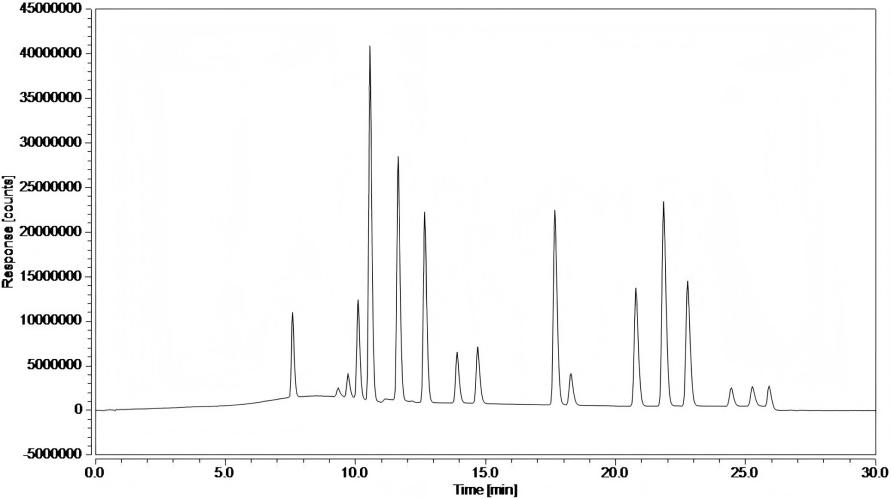
Application Value:
· Provides ingredient-defined, reliably effective raw material options for emotional wellness products
· High-purity active ingredients ensure excellent product stability and consistency
· Synergistic effects of multiple active components provide comprehensive solutions for product development
Through continuous technological innovation and process optimization, Green Spring Technology supplies premium valerian extract ingredients to health product brands, empowering clients to develop market-competitive emotional wellness solutions.
5 Green Spring Technology Natural Valerian Extract: Ensuring Raw Material Quality with Precision Testing to Empower Reliability and Consistency in Mood Health Products
Green Spring Technology employs modern analytical techniques to establish a comprehensive quality control system for valerian extracts. Multiple precision testing methods ensure stable active ingredient content and batch-to-batch consistency, providing safe and reliable raw material assurance for mood health products.
Precision Testing Technology System:
✨High-Performance Liquid Chromatography (HPLC) Application: Utilizing advanced HPLC technology to precisely determine core active components such as valerenic acid and valerenic acid esters. This ensures clearly defined and controllable efficacy components in each batch, providing a stable and reliable foundation for emotional wellness products.
✨Gas Chromatography-Mass Spectrometry (GC-MS): Comprehensive analysis of volatile oil components using GC-MS technology precisely identifies active substances like valerenone and borneol acetate, ensuring high consistency between product aroma characteristics and active ingredients.
✨Comprehensive Quality Control: Establishes a robust quality standards system with multi-dimensional testing of raw materials and finished products. Ensures product compliance with relevant regulations, providing comprehensive technical support for brand product launches.
Quality Assurance Value:
· Ensures consistent active ingredient content across every batch, resolving the challenge of batch variation in natural raw materials
· Provides complete testing reports and technical documentation to support product compliance declarations
· Enhances consumer trust through precise testing that guarantees product safety and consistent efficacy
Technical Support Advantages:
· Equipped with advanced testing equipment and technical teams to deliver reliable data analysis support
· Standardized testing procedures ensure accurate and reproducible results
· Continuous optimization of testing methods elevates product quality control standards
Through comprehensive testing systems and technological innovation, Green Spring Technology supplies premium, reliable valerian root extract ingredients to health product brands, empowering clients to develop market-competitive emotional wellness solutions.
6 Green Spring Technology Natural Valerian Root Extract: Local Premium Resources Meet International Standards
Leveraging China's superior local valerian root resources, Green Spring Technology produces high-quality extracts to international standards, driving innovation and advancement in China's emotional wellness industry. Through standardized cultivation and advanced extraction processes, we continuously enhance product quality and consistency, delivering natural solutions for brand clients that rival international standards.
Moving forward, Green Spring Technology will deepen R&D efforts, expand valerian extract ingredient applications in emotional wellness and personal care, and collaborate with industry partners to propel China's natural health brands onto the global stage.
Contact us to explore partnership opportunities and customized solutions for valerian extract ingredients at helen@greenspringbio.com or WhatsApp: +86 13649243917.
参照
[1] leathwood, p . d ., chauffard, f ., heck, e ., et al。バレリアン根(valeriana officinalis l .)の水性抽出物は、男性の睡眠の質を改善する[j]。 薬理学と生化学やふるまい方に貫録があり、1982年、17(1):65-71。
[2] huang renquan, zhang li, yang jianli, et al。hplc分析およびvalerianaの異なる種のvalerレン酸およびvalerレン酸誘導体の比較[j]。中国の漢方薬,2002,33(11):1000-1001。
[3] 李セ。薬草(薬草)の一種。第14巻[M] .北京:People&#『健康のための出版』講談社、1991年。
[4] houghton p j .バレリアンおよび関連植物の生物活性[j]。1988年日刊Ethnopharmacology、第22(2):121-142に。
[5]中国フローラ編集委員会。^『中国植物誌』第73巻第1号[m]。1986年、北京大学教授。
[6]陳雷です。中国におけるバレリアン属薬用植物の薬理学と資源利用[d]。2002年、上海第二軍事医科大学教授。
【7】黄宝康、鄭玄岑、秦楽平。valerianaの鎮静および催眠効果の材料基盤。^『人事興信録』第6版、人事興信録第3版、165-168頁。
【8】鄧俊、譚風。valerianの研究進捗状況[j]。^『植物医学』(植物医学版)、2000年、15(2):53-56頁。
[9] wang jinxin, han zhuzhen, li hui liang, et al。広葉バレリアン由来の新しいシクロアルテノールテルペノイド化合物[j]。2015年中国漢方薬、46(1):14。
[10]周ティン、黄宝康。valeriana officinalis精油の化学組成と薬理作用[j]。2008年「汉方医学ジャーナル」、19(11):2663-2664。
【11】左岳明、厳歓、張仲立。valeriana officinalis dioxo-lignansの化学成分に関する研究[j]。中国の漢方薬(chinese herbal medicines)、2017年、40(7):1607-1610。
【12】左月明、徐元麗、張仲麗。バレリアンにおけるフラボノイド成分の研究[j]。^ a b c d e f g h『漢書』、2017年、40(6):1331-1334。
-
Prev
D Mannose Powder Provides Innovative Ingredients for Functional Food and Beverage
-
次
A New Ingredient Choice for Emotional Well-being and Natural Sleep Support: Valerian Extract


 英語
英語 フランス
フランス スペイン
スペイン ロシア
ロシア 韓国
韓国 日本
日本